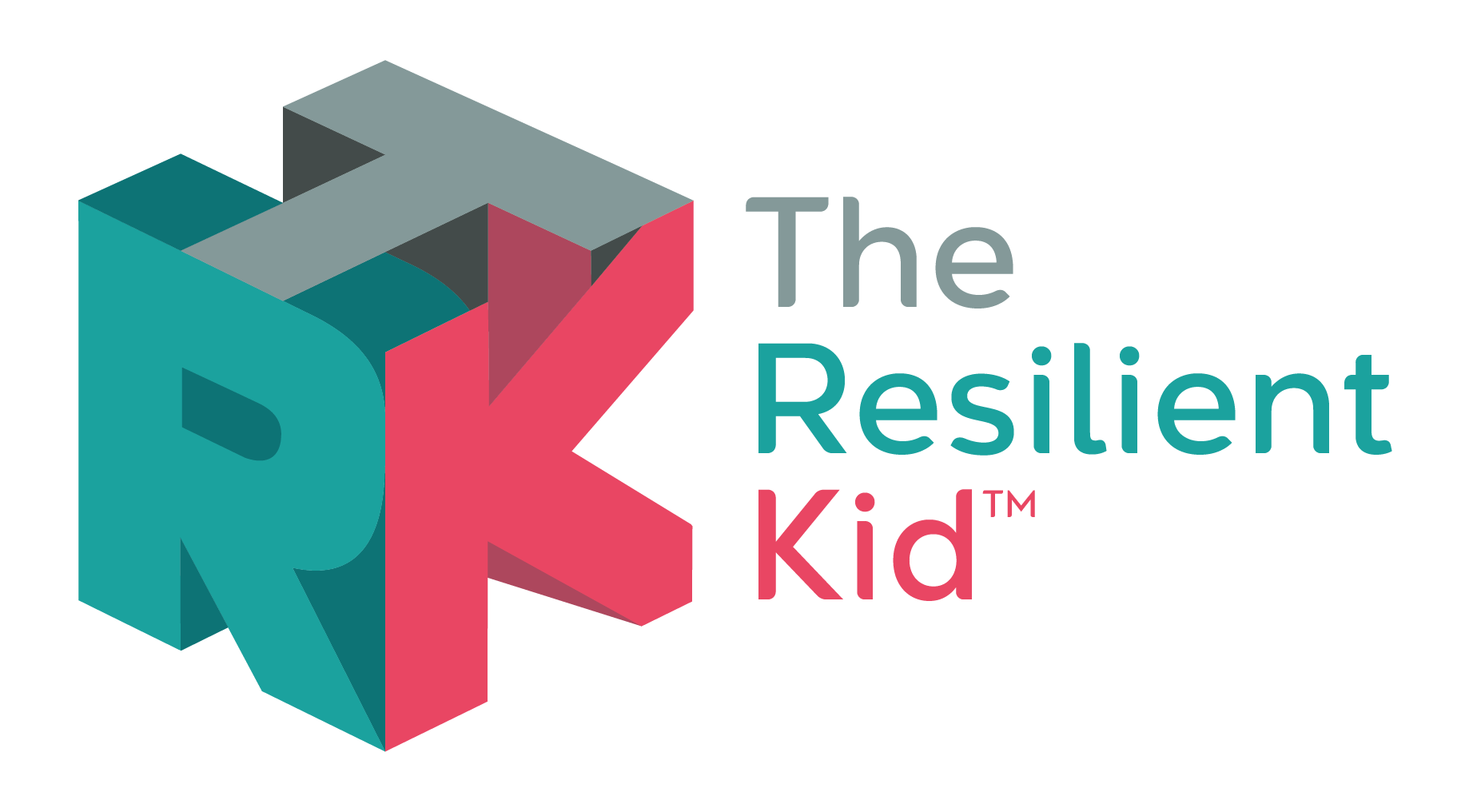
Recognizing Low Resilience in Children
26/10/2023
Signs Every Parent Should Know
In a previous blog post, we discussed the various ways in which low resilience can manifest in our children. If you haven't had the chance to read that post yet, you can find it here.
Today, we'll delve deeper into this important topic by exploring specific archetypes of children with low resilience and how we, as parents, can provide the support they need. It's crucial to recognize these signs in our children to help them build resilience and thrive in life.
The Perfectionist Archetype
Perfectionists are children who fear failure and often set extremely high expectations for themselves. They may become fixated on achieving perfection and can be overly critical of their own efforts. As parents, we can support them in several ways:
Encourage effort, not just the outcome: Shift the focus from perfection to the effort they put into their tasks. Praise their hard work and determination rather than solely focusing on the end result.
Teach self-compassion: Help your child understand that it's okay to make mistakes. Nobody is perfect, and mistakes are opportunities for learning and growth.
Promote balance: Encourage your child to explore a diverse range of interests, reducing the pressure to excel in one specific area.
The Comfort Zoner Archetype
Children who fall into the comfort zoner category often fear success and worry about how others perceive them. They may avoid stepping out of their comfort zones. Here's how you can support them:
Boost self-esteem: Work on building your child's confidence and self-worth, helping them ease their fear of success.
Open conversations: Create a safe space for your child to discuss their fears and anxieties, both in terms of your expectations and those from the world around them.
Celebrate small wins: Encourage your child to take small steps outside their comfort zone and celebrate their achievements, no matter how minor they may seem.
The Critic Archetype
Critic archetypes are children who tend to speak negatively about themselves. They may lack self-confidence and frequently engage in self-deprecating behavior. Here are some ways to provide support:
Positive reinforcement: Acknowledge your child's strengths and achievements regularly. Let them know you see and appreciate their efforts.
Teach self-awareness: Help your child recognize when their self-talk turns negative and guide them in reframing those thoughts. Encourage them to focus on their positive qualities.
Seek professional help if needed: If negative self-talk is becoming destructive and impacting your child's self-esteem, consider seeking therapy or counseling.
The Projector Archetype
Children in this category tend to blame others for their problems, often avoiding personal responsibility. Here's how you can help them:
Foster accountability: Teach your child the importance of taking responsibility for their actions and choices.
Conflict resolution skills: Help them learn to resolve issues with peers, teachers, and family members in a constructive manner. Encourage them to work through problems instead of blaming others.
Encourage empathy: Developing empathy for others can reduce their inclination to blame, as it helps them understand different perspectives.
The Conservative Archetype
Conservative archetypes resist change and may struggle with new experiences. Here's how to support them:
Gradual exposure: Introduce change in small, manageable steps to reduce anxiety. Over time, they can become more adaptable to new experiences.
Model adaptability: Demonstrate a positive attitude towards trying new things and encourage them to join in at their own pace.
Find common ground: Discover interests aligned with your child's preferences to encourage them to explore new experiences.
The Worrier Archetype
Children in the worrier category often struggle with excessive anxiety, sometimes over things they can't control. Here's how you can help:
Practice mindfulness techniques: Teach your child relaxation and meditation techniques to manage anxiety.
Breathing techniques: Teach them simple deep breathing exercises to calm their nervous system.
Discuss their worries: Encourage your child to write down their concerns and worries. Discuss these with them, and help them explore the evidence behind their worries.
Seek professional support if necessary: If anxiety becomes overwhelming, it might be best to consult a therapist or counselor for guidance.
The Sensitive Archetype
Sensitive archetypes get easily overwhelmed by emotions. Here's how you can provide them with tools to manage their feelings:
Validate their emotions: Acknowledge and validate their feelings, providing a safe space for them to express themselves.
Teach emotional regulation: Help them with techniques like deep breathing, getting outside, or other methods that can help them calm down.
Encourage them to create a list of activities that help them manage overwhelming emotions.
In conclusion, recognizing these archetypes and understanding how to support children with low resilience is essential for their well-being and growth. By using these strategies, parents can help their children build resilience and thrive.
Remember, building resilience takes time and patience, but with the right support, children can develop the skills they need to face life's challenges. If you're interested in exploring these concepts further, consider reading the previous blog post on low resilience in children.
Comments
Must be Logged In to leave comments.

